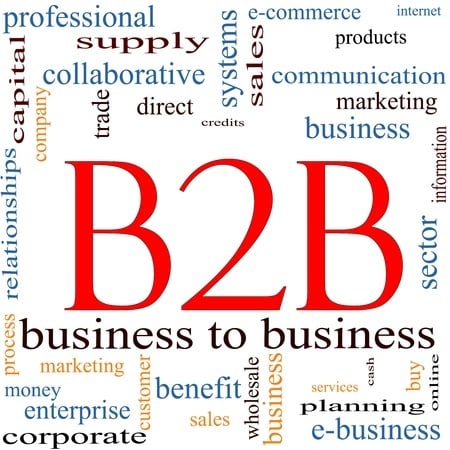 One of my favorite all-time sales executives always had a quote at the top of the enormous whiteboard in his office: “Start-ups don’t starve, they drown.”
One of my favorite all-time sales executives always had a quote at the top of the enormous whiteboard in his office: “Start-ups don’t starve, they drown.”
That’s true across a variety of departments and disciplines, but perhaps nowhere more acutely than in sales. When you’re in start-up mode, you’re often trying to sell something to people who don’t know about it and don’t believe they need it. By definition, you’re creating a category and using a machete to cut through a virgin jungle.
Unfortunately, that’s often used as an excuse to “throw a lot of spaghetti against the wall” to see what sticks, and otherwise throw what should still be a disciplined sales strategy into chaos. Chaos leads to drowning, and drowning leads to death. Any start-up veteran knows that when sales dies, the company isn’t far behind.
This Thursday, I’ll be presenting start-up sales best practices at a “Sales for Start-ups” event in Seattle. If you’re in town please consider joining us, it should be a great event with great speakers and networking.
In advance of the event, here are six places most start-ups (particularly of the B2B variety) should focus to improve their precision, strategy and success.
Sell the hole, not the drill
Nobody cares about your product or service, unless it helps them do something or achieve something or mitigate something they care about. Few people go to the hardware store to buy a drill. What they really want are holes. It’s your job to figure out what that means for your customers. Then, everything in your sales process (and marketing) should align behind it. More on that here.
Develop a deep(er) understanding of our target customer and their ecosystem
How much do you really know about your target customer? What they care about? What are their objectives and what are the primary obstacles keeping them from achieving them? Who are the key people inside (and outside) of their organization helping them achieve those results, and/or keeping them from getting there? The better you understand the underlying ecosystem and environment in which your customers exist, the better you can align your message and value proposition to things they already value and care about. This is especially important for start-ups selling in a category where the value proposition isn’t yet clear.
Teach everyone in your organization how to listen for buying signals
Buying signals aren’t often explicit. More often than now, a “buying signal” will actually be in the form of someone complaining about something, or otherwise exhibiting the signs and symptoms of a problem you can solve. Those are the buying signals your competitors either aren’t listening for or just plain ignore. Teach everyone in your organization, but especially those with customer-facing roles, to understand your deep customer profile/personas and know when they’re seeing those early-stage buying signals online and elsewhere.
Map your sales process to how your customers buy
Anything less than this will introduce unnecessary friction between seller and buyer. You aren’t going to change when the buyer is ready to buy. But you can help them understand and quantify their needs faster than they would have done so naturally. Just make sure the process you manage with your sales team aligns with that natural buyer process, and the result often will be increased velocity, loyalty and conversion from your pipeline.
Calculate the sales activity and pipeline required to hit your sales number
How many leads do you expect will become qualified opportunities? How many qualified opportunities do you expect will close? If you haven’t done the math, most likely your pipeline is still too small to reliably achieve your monthly or quarterly sales goals. Doing “the math” up front helps create more realistic expectations and also ensures that sales & marketing are aligned around exactly what kind of results at each stage of the process are required to consistently hit the number.
Clearly define success metrics and lead/opportunity stages
Does everyone on your team agree on the definition of a “qualified” lead? If I asked each member of your sales team what criteria are required for a qualified opportunity, would I hear the same answer? If you don’t have this level of consistency, it’s too easy to have sales pipelines that are unreliable, unrealistic and simply inaccurate. Common definitions ensure transparency and accuracy, and allow you to more tightly define specific next steps and focus areas for improving strength of pipeline at any given time.
Much more on start-up sales best practices Thursday, hope you can join us!



